Sharing my library one book at a timeThe Library of Paranormal Experience: https://www.tumblr.com/archivist-crow
Don't wanna be here? Send us removal request.
Text






Book 631
Fashion History: From the 18th to the 20th Century (Bibliotheca Universalis)
The Collection of the Kyoto Costume Institute
Taschen 2022
The people around me are always surprised to learn that I have a deep appreciation in fashion. (My therapist was completely shocked.) But in their defense, to look at me you’d never know I had any interest in clothes. I certainly don’t dress like I care about fashion. But as I say, I appreciate gymnastics, too, but that doesn’t mean I want it do it. There’s just something so interesting to me in the artistic expression of something so essential and utilitarian. Not to mention how transformative fashion can be, both physically and emotionally. I also really like fashion illustration. I like the geometry of it and the extemporaneous feel it often has even though it was likely anything but. This book, showcasing the incredible collection of the Kyoto Costume Institute—from the 18th century court gowns to brand icons from labels such as Prada and Miu Miu to celebrated pieces from famed creators like Ford, Miyake, McQueen, Gaultier, and Westwood—is a treasure on every page.
#bookshelf#personal collection#personal library#books#library#bibliophile#book lover#illustrated book#booklr#fashion#art#photography#fashion history#taschen
10 notes
·
View notes
Text






Book 630
Hiroshige—One Hundred Famous Views of Edo: The Complete Plates (Bibliotheca Universalis)
Text by Melanie Trede and Lorenz Bichler
Taschen 2022
Push comes to shove, Hiroshige is probably my favorite artist, and One Hundred Famous Views of Edo is probably his most best known and admired work. The problem is that I had this title in the oversized XL edition. I know for a fact I owned it, and somehow it simply disappeared. And it was big, too, measuring about 10” x 13”. So I have no idea where it could’ve gone. I didn’t take it anywhere, and I didn’t loan it to anyone (not that I’m opposed to loaning my books—it’s just that no one ever asks). It’s just gone. Eventually, I bought this edition, at the time hoping I might discover the whereabouts of the big one. But no such luck. Still can’t find it. And I’m not sure what about it bothers me more: the fact that I had to buy it again or that I can’t figure out where it went. So, unfortunately, the overwhelming feeling I have whenever I pick up this book is one of consternation. And that kinda sucks. But if I have to buy the same book several times, I’m glad it’s this one.
#bookshelf#personal collection#personal library#books#library#bibliophile#book lover#illustrated book#booklr#japanese art#hiroshige#one hundred famous views of edo#taschen
3 notes
·
View notes
Text






Book 629
A History of Photography: From 1839 to the Present (Bibliotheca Universalis)
The George Eastman House Collection
Taschen 2022
This is a perfect example of a great Taschen Bibliotheca Universalis title. An excellent survey of photography from The George Eastman House Collection, which houses over 400,000 images from around the world, the book covers everything from images that document important moments in history (i.e. the moon landing) to key images from photographic history (the first photo of lightning taken by William N. Jennings in 1882) to acclaimed works by masters such as Steiglitz, Steichen, Weston, and Adams. What makes this work in a smaller edition is the fact that not all of the images need to be viewed at a larger size—the documentary or historical photos sometimes aren’t all that interesting—but it’s more than enough to find out what interests you and point out where to look.
#bookshelf#personal collection#personal library#books#library#bibliophile#book lover#illustrated book#booklr#photography#cultural history#history of photography#taschen
2 notes
·
View notes
Text






Book 628
What Great Paintings Say: 100 Masterpieces in Detail (Bibliotheca Universalis)
Rose-Marie & Rainer Hagen
Taschen 2022
This book is the first of several in Taschen’s Bibliotheca Universalis series, and I absolutely adore them. Small jacketed hardcovers, the books in this series measure just under 6”x8”x1.5”, weigh about 2 lbs, and average about 700 pages. First, the trim size, the binding, and the weight make these books feel great in the hand. They feel weighty and significant but comfortably fit in your hands or on your lap. And while the print might sometimes be a little small if there’s a lot of text, the images are just large enough. With beautifully printed full-color illustrations throughout and a $25 list price, they’re a bargain, and you can often find them for less. I have a few that ordinarily I wouldn’t have bought, but they were so cheap I couldn’t pass them up. Also, they look great together on a shelf. Shallow, but true.
#bookshelf#personal collection#personal library#books#library#bibliophile#book lover#illustrated book#booklr#art#history#what great paintings say#rose marie hagen#rainer hagen#taschen
0 notes
Text



Book 625, 626 & 627
The Encyclopedia of Demons & Demonology
The Encyclopedia of Vampires, Werewolves, and Other Monsters
The Encyclopedia of Magic and Alchemy
Rosemary Ellen Guiley
Checkmark Books 2009/2005/2006
I recently got these after having spent a good bit of time going through Book 430, The Encyclopedia of Ghosts and Spirits, also by Rosemary Ellen Guiley. And these are all just as well done—balanced, factual, well researched, without too much bias one way or the other, and don’t take themselves so seriously that they don’t include Buffy the Vampire Slayer or Blacula.
#bookshelf#personal collection#personal library#books#library#bibliophile#book lover#illustrated book#booklr#esoterica#reference#rosemary ellen guiley#checkmark books
8 notes
·
View notes
Text






Book 624
The Polaroid Book: Selections from the Polaroid Collections of Photography
Steve Crist, ed. / essay by Barbara Hitchcock
Taschen 2022
Featuring 250 shots by 200 artists, this book is a gorgeous collection of photos from what was touted as “the world’s greatest collection of Polaroid images”—the Polaroid Collections kept by the Polaroid Corporation in Cambridge, Massachusetts, until 2008 when it was dissolved at auction after the company’s bankruptcy. With images from some of the greatest names in art—Mary Ellen Mark, Helmut Newton, Duane Michaels, Robert Mapplethorpe, David Hockney, Chuck Close and many more—The Polaroid Book showcases the incredible range that the instant photo technology could achieve. From glowing soft-focus portraits and high-drama fashion to stunning documentary shots and fine art abstractions, this book proves that there was little Polaroid film couldn’t do—and all of it imbued with an earthy nostalgic warmth increasingly absent in the digital age.
#bookshelf#personal collection#personal library#books#library#bibliophile#book lover#illustrated book#booklr#photography#the polaroid book#steve crist#barbara hitchcock#taschen
1 note
·
View note
Text






Book 623
Ghosts: A Haunted History
Lisa Morton
Reaktion Books 2015
A few books ago, I wrote about how Book 616 was a fairly generic cultural history of ghosts. This one is better—better researched, reasoned, and written. In seven chapters, starting from prehistory and working through Western culture, Latin America and the Southern Hemisphere, paranormal science, and popular Western culture, the author traces the history of ghosts and their influence on Western culture. If there is a problem with this book it’s that it’s far too short. The book completely exempts Eastern culture, for example, and the chapter on pop culture could have been its own book and so everything feels a bit rushed. Also, her conclusion is, to put it frankly, obvious and unremarkable. It is, on the whole what I would call, a good start.
It is, however, a marvelous package. The book itself is excellently produced with an attractive paper over board binding, decorative endpapers, and sturdy high-quality pages with full-color illustrations throughout.
#bookshelf#personal collection#personal library#books#library#bibliophile#book lover#illustrated book#booklr#esoterica#cultural history#ghosts#lisa morton#reaktion books
10 notes
·
View notes
Text





Book 622
The World of Ted Serios: “Thoughtographic” Studies of an Extraordinary Mind
Jule Eisenbud, M.D.
William Morrow & Company 1967
Ted Serios (1918-2006) is an interesting byway in paranormal studies. It was in 1963 that respected psychiatrist and lecturer Jule Eisenbud (1908-1999) first became aware of unemployed Chicago bellhop Ted Serios, who professed to have the ability to psychically project images onto photographic film. Curious, Eisenbud traveled to meet Serios, and this book is a record of the three-year project to study and document Serios’ ability and Eisenbud’s journey from skeptic to believer. Under Eisenbud’s well-controlled experiments (i.e. physical isolation, blocking all sources of light, experiments in lead-lined radiation-shielded chambers, etc.) Serios produced hundreds of images, in addition to affidavits attesting to the validity of those experiments signed by over 25 doctors of various fields. While ultimately Serios’ “thoughtography” has been dismissed and debunked by journalists, the Society for Psychical Research, and others, it has never been conclusively proven how exactly Serios managed this hoax under the various conditions during the years of study.
For most people, the story probably ends there. But there’s more to it than simple trickery and slight-of-hand. Eisenbud diagnosed Serios as having a psychopathic and sociopathic personality with little regard for social conventions and even less self-control. (Eisenbud witnessed Serios wail and bang his head on the wall when things weren’t going his way.) He was also an alcoholic.
And then there are the photographs. They are, regardless of how they were said to be created, oddly beautiful—half-glimpsed structures, shadowy figures caught in Dutch angles, hazy patterns of light streaking across frames like old memories.
There is a recently-published book on Serios, which I’ll probably get at some point, but this first edition of Eisenbud’s book is the definitive chronicle of an fascinating person, whether psychic or con artist.
#bookshelf#personal collection#personal library#books#library#bibliophile#book lover#illustrated book#booklr#esoterica#photography#the world of Ted serios#jule eisenbud#morrow
3 notes
·
View notes
Text






Book 621
Photography and Spirit (Exposures)
John Harvey
Reaktion Books 2007
One volume of a series devoted to interesting but little-traveled byways of photographic history, this book explores the intricately tied and complicated history of photography and the paranormal. Author John Harvey in three chapters on religion, science, and art looks at this relationship through relics, documentary and scientific photographs, and hoaxes throughout history—from the Shroud of Turin to the Cottingley Fairies to photos of spirit mediums to “ghost hunting” captures. Before the invention of photography, the paranormal was strictly the domain of mediums, seers, and holy men, but photography changed that. Suddenly, the paranormal could be seen, captured, and documented by almost anyone. However, in an age when “seeing is believing” the spirit photos of William Mumler, for example, could be held up as proof of an afterlife, but the thorny problem of how easy it is to manipulate photographs gave way to the idea that every paranormal photograph must be suspect—and, by extension, all paranormal phenomena. As this book seems to suggest, perhaps photography is not the boon to paranormal research as one might think. Perhaps the relationship is more toxic than anything else.
[For a different take on the same subject, see Book 405.]
#bookshelf#personal collection#personal library#books#library#bibliophile#book lover#illustrated book#booklr#esoterica#photography#photography and spirit#John harvey#reaktion books
4 notes
·
View notes
Text






Book 620
The Deserts of California
Obi Kaufmann
Heyday 2023
Following the astonishing California Field Atlas plus volumes dedicated to the coasts and forests of California, The Deserts of California is the last of Obi Kaufmann’s California public lands trilogy. Filled with hundreds of Kaufmann’s watercolor illustrations and maps, the publication of this book on the desert wildlife and ecosystems of my home state is reason for celebration. Crafting himself into some kind of modern day John Muir, Kaufmann has created a singular series of guides (totaling nearly 2,500 pages) that may yet become required reading for future generations of explorers and caretakers of California’s wild public lands. Add to this an attractive and practical flexi-bound cover, compact density, and gorgeous layout and design, this series also celebrates the necessity of small presses and the bold gambles only they are willing to make.
#bookshelf#personal collection#personal library#books#library#bibliophile#book lover#illustrated book#booklr#natural history#field guides#deserts of california#obi kaufmann#heyday
2 notes
·
View notes
Text




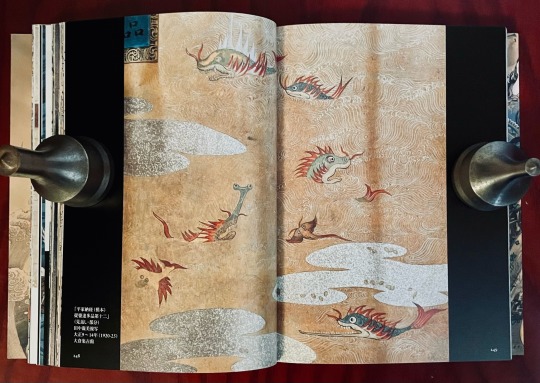

Book 619
Mythical Beasts of Japan: From Evil Creatures to Sacred Beings
Kano Hiroyuki, et al.
PIE Books 2009
So, here’s another great, beautifully designed book from PIE (which, by the way, stands for—no joke—Pretty, Impressive, Entertaining). And while there is an introductory essay and a key to the images (only some of which is translated into English), if you’re looking for an informative in-depth background into the the mythical creatures of Japan, this is definitely not the book for you. It is, however, very attractive. This one is a slightly smaller format from my others, measuring about 6”x 8”. So, as maybe a primer on the subject, a place to start, it’s a good time.
#bookshelf#personal collection#personal library#books#library#bibliophile#book lover#illustrated book#booklr#japanese art#esoterica#mythical beasts of japan#pie books
2 notes
·
View notes
Text

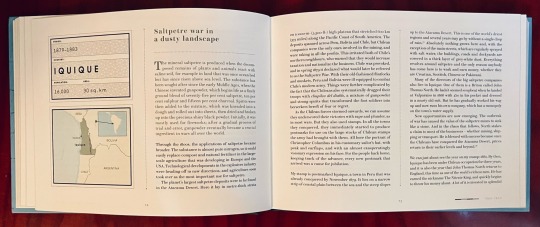
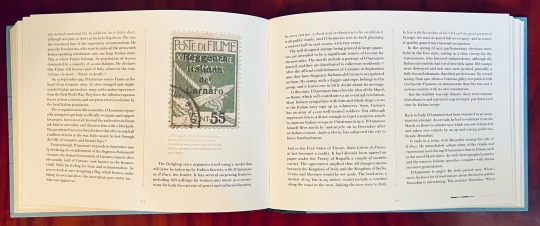
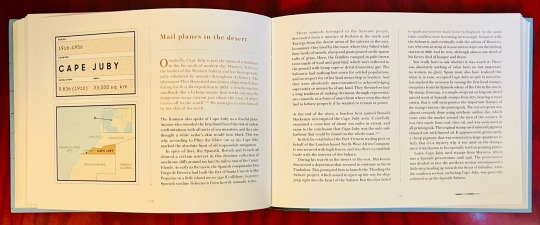
Book 618
Nowherelands: An Atlas of Vanished Countries 1840-1975
Bjørn Berge
Thames & Hudson 2017
As has been already established, I have a thing for maps. I have many more books of maps than I realized when I started this project, so a book about those places that once existed, however briefly, seems right up my alley. And it is, but this book isn’t exactly what I thought it was. There’s a very good book titled Phantom Islands of the Atlantic that’s about those islands from antiquity that cartographers thought existed but really didn’t. This book isn’t that. The thing that unites every location in this book is that, however brief their existences, they got so far as to issue a postage stamp. The creation of a stamp confers not only a legitimacy to a nation, but they’re also little pieces of propaganda, inferring their history and how they wished to be perceived. In this book we are introduced to the countries of Obock, Boyaca, Orange Free State, Iquique, The Carolines, Allenstein, Inini, and many others, and their stories are as varied as the brief lives of the stamps they produced.
#bookshelf#personal collection#personal library#books#library#bibliophile#book lover#illustrated book#booklr#cartography#cultural history#nowherelands#bjorn berge#thames and hudson#history#reference
7 notes
·
View notes
Text



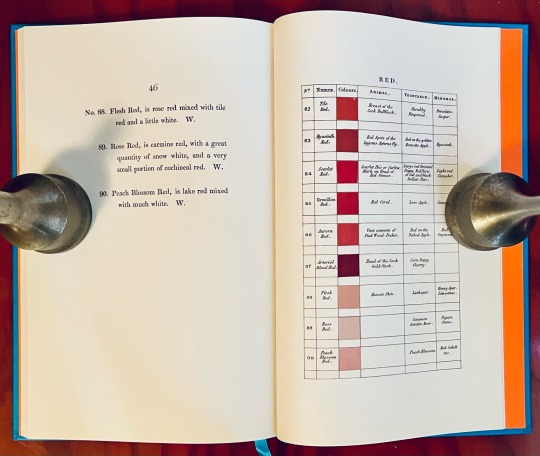
Book 617
Werner’s Nomenclature of Colours: Adapted to Zoology, Botany, Chemistry, Mineralogy, Anatomy, and the Arts
Patrick Syme
The Natural History Museum of Great Britain 2018
First published as Von den äußerlichen Kennzeichen der Foßilien in 1774 by Abraham Gottlob Werner, a famed German geologist, to codify the colors of minerals, the book was eventually translated into English by Thomas Weaver in 1805. In 1814 a second and greatly expanded edition by Patrick Syme, a Scottish painter to the Wernerian and Horticultural Societies of Edinburgh, was published. Now carrying as part of its subtitle “with additions, arranged so as to render it highly useful to the arts and sciences, particularly Zoology, Botany, Chemistry, Mineralogy, and Morbid Anatomy”, the book was so well received that Charles Darwin carried and often consulted a copy while on the HMS Beagle. But while Werner’s Nomenclature is one of the first systemic taxonomies of color ever created, a precursor to Pantone, and historically significant, it is also page after page of meticulously organized, poetically described grids of varying shades of color.
Yes, please.
#bookshelf#personal collection#personal library#books#library#bibliophile#book lover#illustrated book#booklr#natural history#science#color theory#Werner’s Nomenclature of Colours#Patrick syme#natural history museum of Great Britain
2 notes
·
View notes
Text
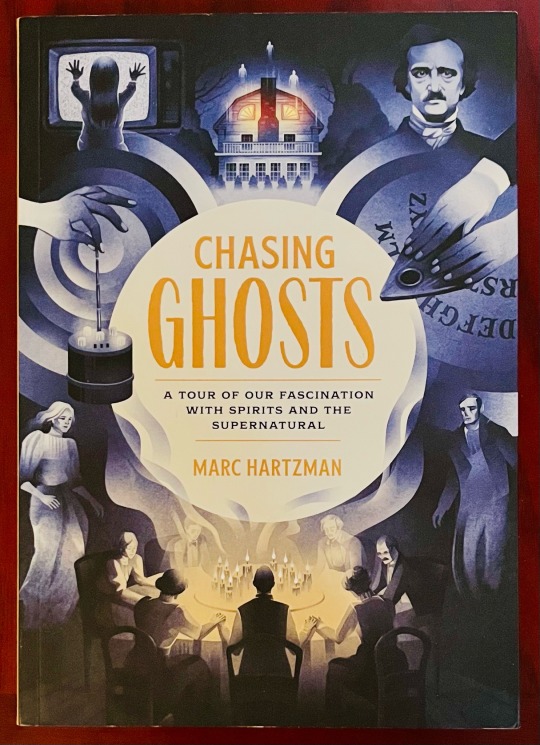



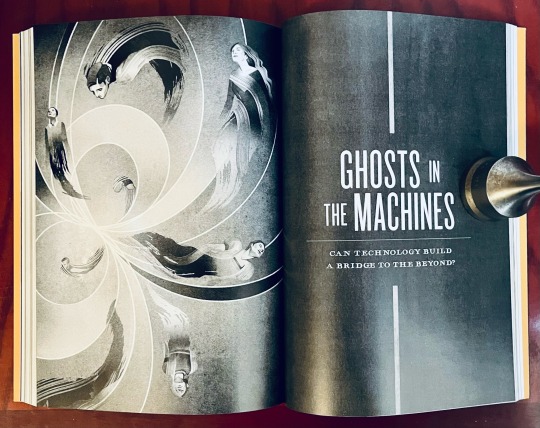
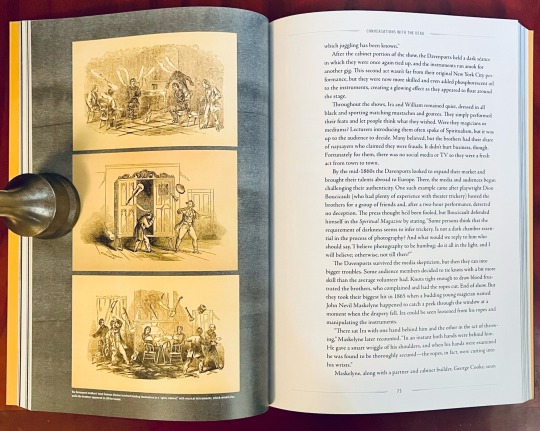
Book 616
Chasing Ghosts: A Tour of Our Fascination with Spirits and the Supernatural
Marc Hartzman
Quirk Books 2021
Despite its title, this book is not about so-called “ghost hunting”. It’s really a brief illustrated history of ghosts and a cultural history of our long fascination with them. As a history, it’s not bad, but it’s definitely for the dilettante. It hits on the main points from antiquity up to the present, but if you’re familiar with the subject already, then there’s likely not much here that you don’t already know. But it does provide a few succinct sidebars about various notable hauntings and places as well as a few quirky episodes throughout history.
#bookshelf#personal collection#personal library#books#library#bibliophile#book lover#illustrated book#booklr#esoterica#cultural history#chasing ghosts#marc hartzman#quirk books
3 notes
·
View notes
Text

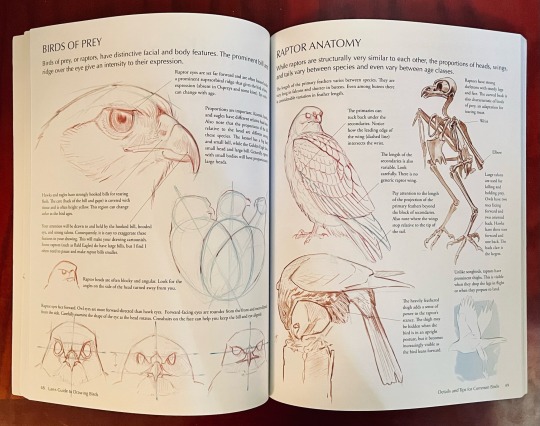
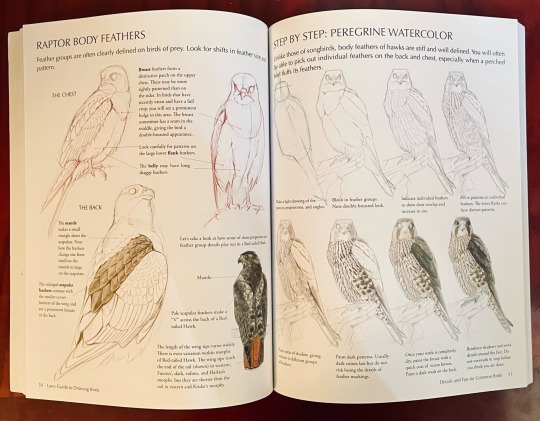


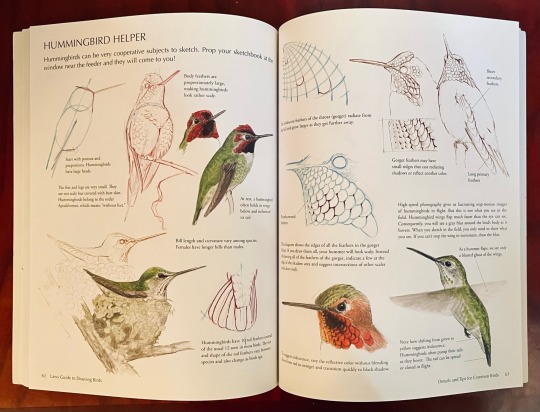
Book 615
The Laws Guide to Drawing Birds
John Muir Laws
Heyday 2012
If you have any interest in drawing birds, for my money, there is no better book than this one. Besides how to draw birds, this book provides a full course on bird anatomy and movement so that one understands the underlying reasons as to why things look the way they do. In addition, I know Jack Laws a little—who, by the way, is completely unrelated to John Muir—and he is a genuinely good guy and spends most of his time teaching and trying to instill an appreciation of nature through art and observation. And that is a mission I can get behind.
#bookshelf#personal collection#personal library#books#library#bibliophile#book lover#illustrated book#booklr#art#the laws guide to drawing birds#john muir laws#nature#heyday#how to
3 notes
·
View notes
Text
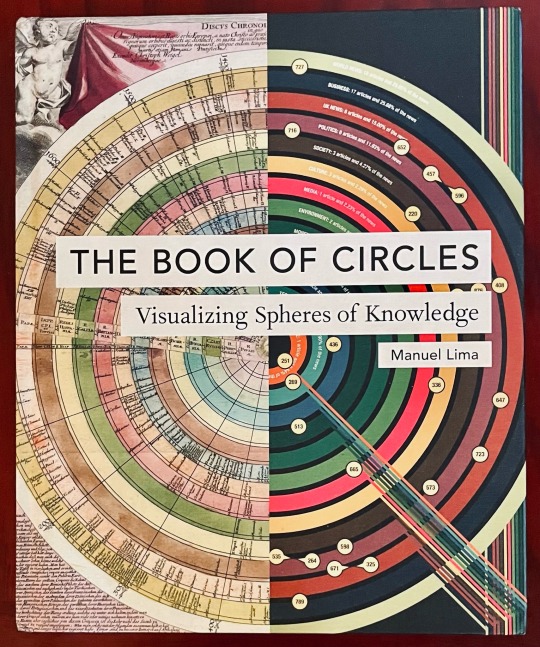



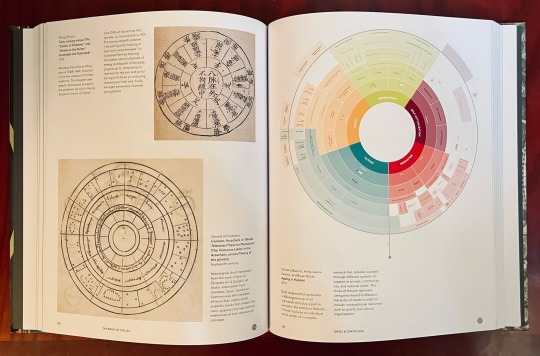

Book 614
The Book of Circles: Visualizing Spheres of Knowledge
Manuel Lima
Princeton Architectural Press 2017
Information—and especially in this modern age surrounded by complex data systems—is tricky. The sheer volume of the information being generated far outweighs our ability to understand it which, when translating data into easy-to-digest visuals, makes it exceptionally easy to manipulate to support any bias one wishes. How then should we best visualize information such that it announces a claim at a glance yet also faithfully represents its truth under scrutiny? I don’t really know, though I’m sure it depends on the data. However, for your consideration, I present the humble circle. Whether organizing Nintendo games, clay Sumerian tokens, celestial charts, or a visual analysis of Stanley Kubrick’s The Shining, while circles may not be the most accurate way to display data, it may very well be the prettiest.
#bookshelf#personal collection#personal library#books#library#bibliophile#book lover#illustrated book#booklr#graphic design#reference#the book of circles#manuel lima#princeton architectural press
6 notes
·
View notes
Text





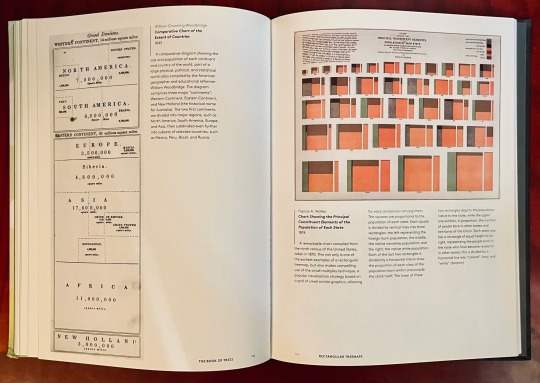
Book 613
The Book of Trees: Visualizing Branches of Knowledge
Manuel Lima
Princeton Architectural Press 2014
So, way back on Book 427, I wrote about Manuel Lima’s book Visual Complexity. Well, I like it so much I decided to get two other books by him. Also, Princeton Architectural Press is one of my favorite publishers, so it didn’t take much convincing. [Side note: Princeton Architectural Press, despite the name, doesn’t publish just books about architecture. Mostly, their books focus on design and visual culture, and they are all really beautifully done.] In ten chapters on different forms of informational trees (figurative, vertical, horizontal, multidirectional, radial, hyperbolic, rectangular, voronoi, circular, sunbursts, and icicle) from Assyrian sacred tree reliefs (c. 865 BC) to 21st century digital trees, this book presents nearly 200 gorgeous examples of branching informational diagrams. Highlights include: medieval classifications of virtues and vices, an organizational chart of the Manhattan Project, and a family tree of the X-Men.
#bookshelf#personal collection#personal library#books#library#bibliophile#book lover#illustrated book#booklr#graphic design#reference#manuel lima#princeton architectural press#the book of trees
4 notes
·
View notes